

National Park Service
U.S. Department of the Interior
Pipestone National Monument
This book belongs to:
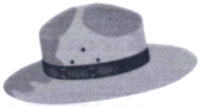
Delaware is the only state that does not have a National Park. It has over 600 Nationally Registered Historic Places.
The National Park Service is in charge of protecting some of the most special places in America. These places have been set aside for the American people (and visitors from all over the world) for their natural beauty, historic value, and unique resources.

There are over 400 parks, memorials, monuments, historic sites, preserves, battlefields, trails, parkways, river ways, lake shores, and sea shores in the National Park System! These special places can be found in 49 states and in territories such as Puerto Rico, Guam, American Samoa, and the Virgin Islands.
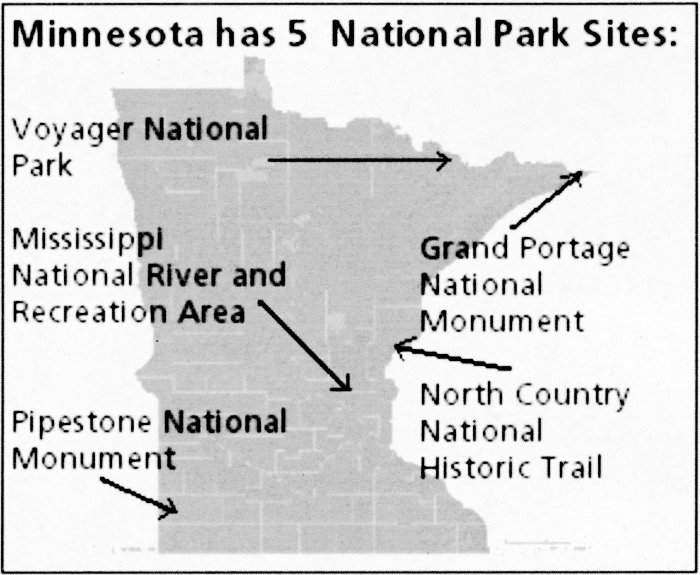
Minnesota has 5 National Park Sites:
What state are you from?
(Or country, if you are visiting us from far away!)
List one National Park Site from your state or country.
You can collect Junior Ranger badges from many National Park Service sites!
List other Junior Ranger Badges you have earned in the space below.
Most National Parks have ink stamps that people collect in their National Park Passports. These stamps have the name of the place you visit and the date.
Go to the gift shop in the back of the Visitor Center and place the Pipestone National Monument stamp in this box:

Pipestone is about as hard as your fingernail.
Geology is the study of rocks and minerals. Here at Pipestone National Monument we have three types of rock:
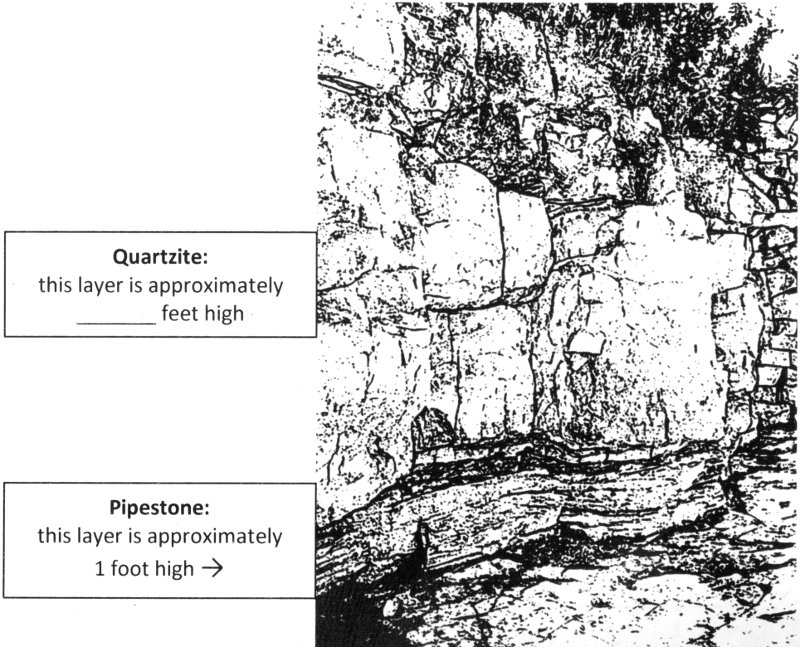
Estimate how tall you think the quartzite layer is.
Quarrying is a difficult process. Pipestone is quarried, or taken from out of the ground, by first digging through the grass and soil and then breaking up 10 or more feet of the hard Sioux Quartzite. Then 1 to 1½ feet of pipestone is removed in sheets of about 4 inches thick. The quarriers will use this stone to carve pipes and other small crafts. Today only American Indians are allowed to quarry, and then only with a permit. American Indians from many different tribes come here to quarry pipestone.
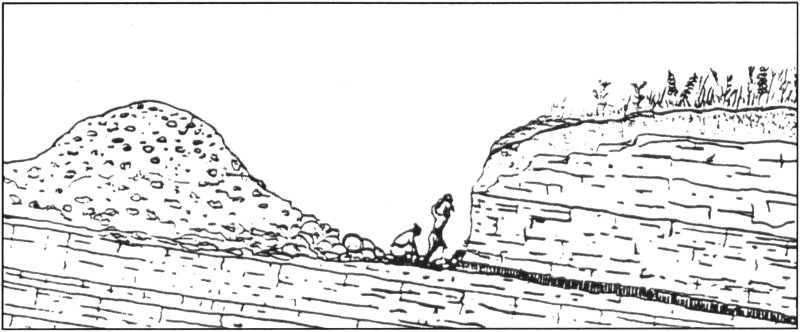
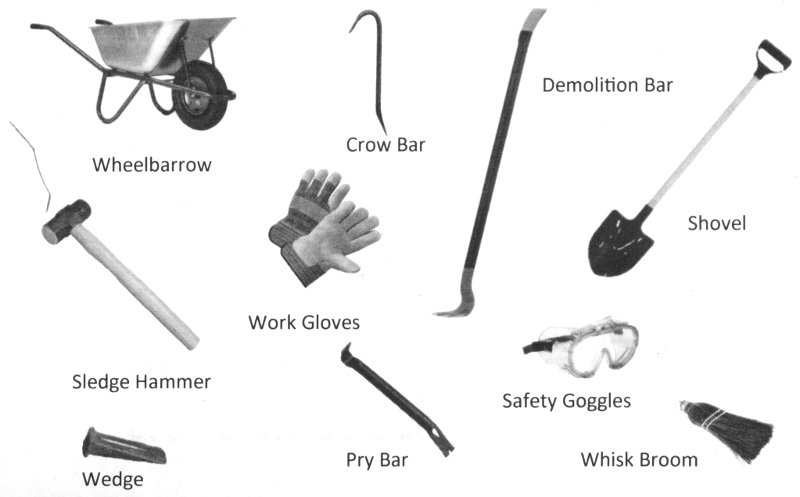
Here are some examples of tools quarriers use.
Imagine you are a quarrier. Start at the bolded box on top and follow the dotted lines to find out how pipestone is quarried. If you make it to the bolded box on the bottom you have completed your task.

Ceremonial pipes, which many people mistakenly call “peace pipes,” are very important for religious use by American Indians. The pipes are used for many reasons, some of which are: for trading, for ceremonies, when meeting with friends, and for prayer. To many American Indians, the smoke from the pipe carry prayers to Wakan Tanka, or the Great Spirit.
Enter a letter to match the picture of the pipe bowl with the style of the pipe.
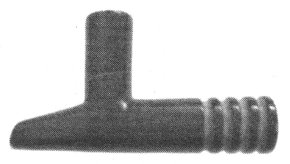 A | Eagle Effigy Pipe |
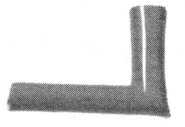 B | Plains T Pipe |
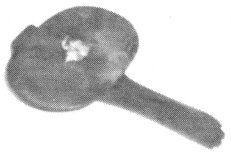 C | Bison Effigy Pipe |
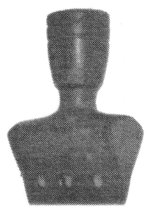 D | Elbow Pipe |
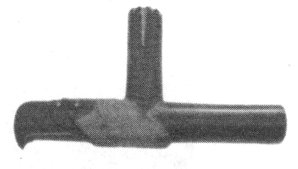 E | Micmac Pipe |
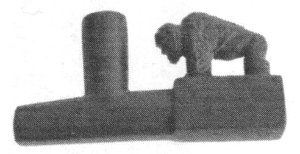 F | Disk Pipe |
Look at the pipes the demonstrators are making or the pipes in the gift shop. If you made a pipe what would it look like?
Draw a picture of your pipe in the box.
Tobacco was scarce before the arrival of white settlers so American Indians smoked Kinnikinnik in their pipes. Kinnikinnik is an Algonquin word meaning “mixed” and is a combination of common prairie plants. Some examples of plants used in kinnikinnik that can be found here at Pipestone National Monument are:
Check the plants that you see on your Circle Trail walk

Leadplant

Prairie Rose Hips
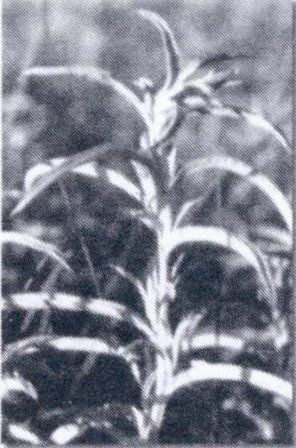
White Sage
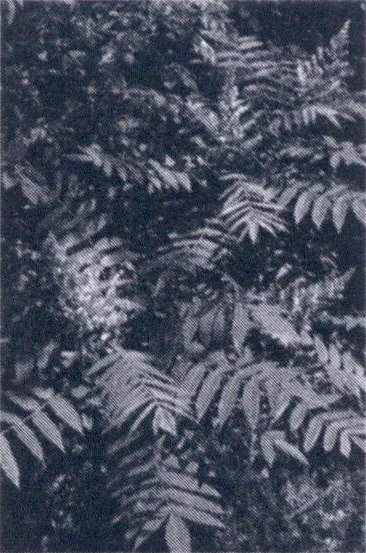
Smooth Sumac
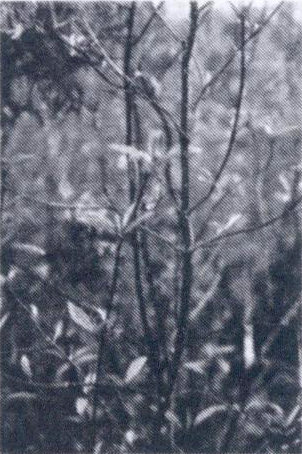
Red Osier Dogwood
While on the Circle Trail, look at Leaping Rock and the carvings left by Nicollet.
There are other carvings left here by past visitors before this was made a National Monument. These names scar the rock and are graffiti. Do not carve on any rocks or trees, as it is illegal in a National Park. Help protect this area!

The Pipestone is called Catlinite after George Catlin who sent samples of the stone back to scientists back east.
American Indians were not the only peoples to visit this site. Fur traders like Philander Prescott were likely the first non-native visitors to the quarries, but it was George Catlin that let the world know about this sacred site. He visited here in 1836 and painted the people and the landscape of this area.
In 1838 the U.S. Government sent an expedition to explore and map this area. Led by Frenchman Joseph N. Nicollet, they visited the quarries and the surrounding area and noted the location on their maps. They left their mark on the quarries by carving their names in the Sioux Quartzite near Leaping Rock.
Draw a picture of two of your favorite places along the Circle Trail.
Pipestone National Monument was established to protect the pipestone quarries, but that’s not all the park protects. Pipestone National Monument also has Tall Grass Prairie—“taller than a horse”. There are over 300 different species of plants here. The prairie is also home to the Western Prairie Fringed Orchid, which is a federally listed threatened species, and the Topeka Shiner, an endangered fish. Fire was common on the prairie and was caused by lighting or even by American Indians to help replenish the prairie. Since natural prairie fires don’t happen here anymore, the park has annual prescribed fires that are controlled and monitored by wildland firefighters and studied for their effects on the prairie. But remember, do not start fires! Human-caused fires are dangerous to property and people. The firefighters pre-plan burns and only burn the prairie when the wind, humidity, and other conditions are just right.
While on the Circle Trail, look at the prairie, creek and all of the different living things in the park.

You may see colorful pieces of cloth hanging on trees or on the ground. These are tobacco ties left as prayers. Please do not touch them!
Draw and label 2 plants and 2 animals you see in the park. (They can be inside or outside.)
This is a journal where you can write down your thoughts, experiences, or what you learned here at the Monument.
National Park Service
U.S. Department of the Interior

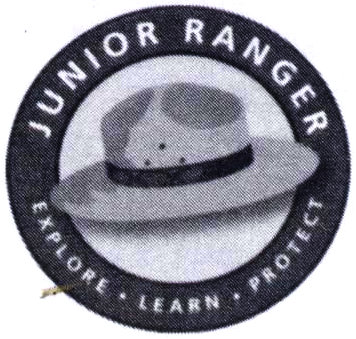
The Junior Ranger program is designed so youth can make meaningful connections to the resources and special places protected by the National Park Service. We hope that you and your family enjoyed the program and learned a little about Pipestone National Monument, and of course had fun during your visit. We appreciate any suggestions and comments you have on how we can improve the Junior Ranger program.
There are over 400 National Park sites, and many of them have Junior Ranger programs. Be sure to ask about the Junior Ranger programs at other parks. You can also be a WebRanger at www.nps.gov/webrangers.
If you were unable to finish the booklet during your stay, please send us your completed booklet and address to:
Pipestone National Monument
Attn: Interpretive Department
36 Reservation Avenue
Pipestone, MN 56164-1269
Our Rangers will check your book and mail you your Junior Ranger Booklet and Badge.
This Junior Ranger booklet was researched and designed by
Pipestone National Monument interpretive staff.
July 2007 edition; revised 2017.
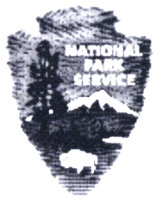
EXPERIENCE YOUR AMERICATM